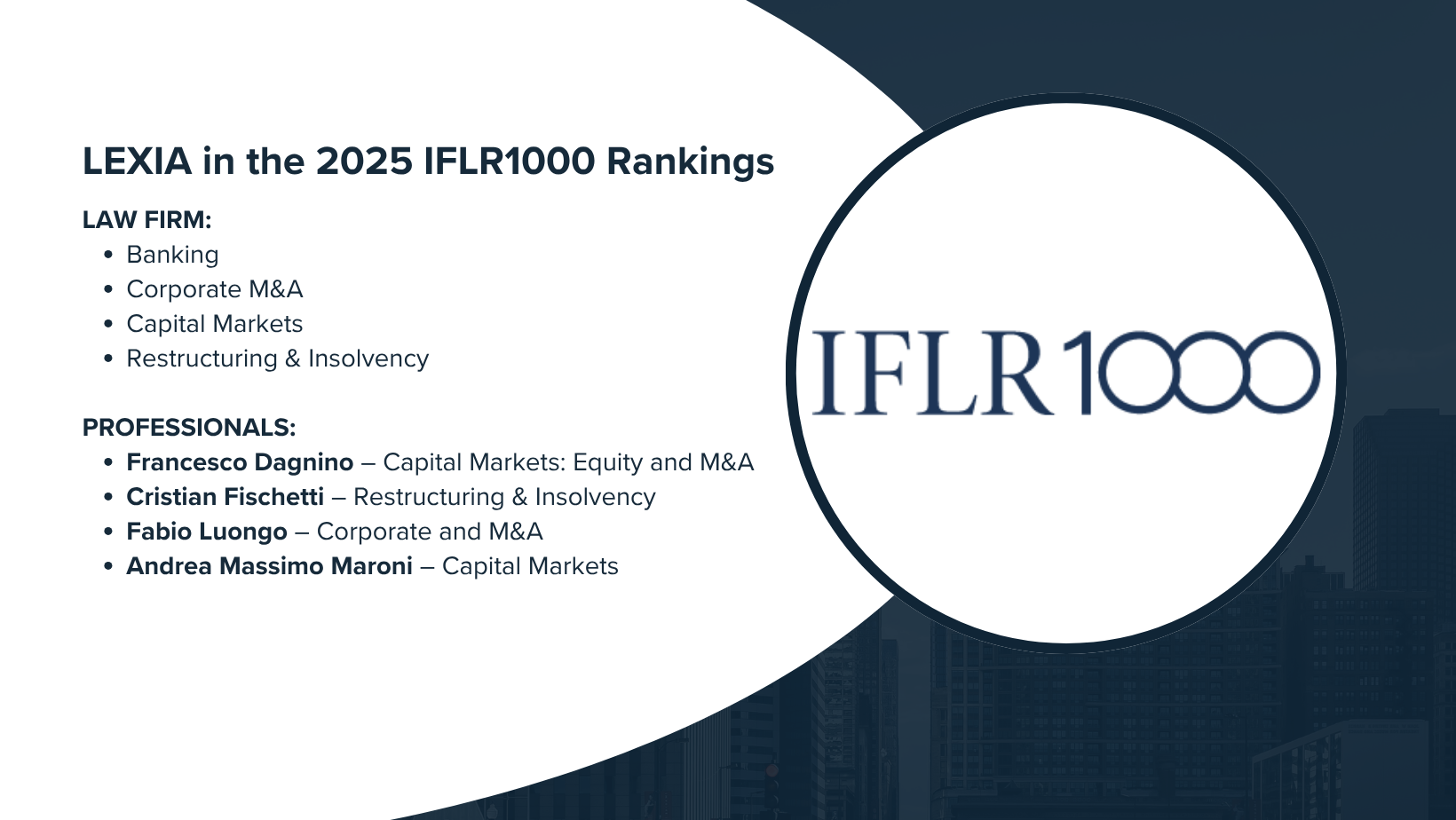The fragmentation of the regulatory framework in influencer marketing often makes the underlying legal framework difficult to apply and understand, creating uncertainties for both industry operators and consumers.
In this context, the Digital Chart published by the Istituto dell’Autodisciplina Pubblicitaria (“IAP”) serves as a crucial reference point for regulating the dynamics of digital commercial communication, with particular attention to endorsement activities and collaborations between brands and influencers, content creators, bloggers, and celebrities.
Influencer marketing and digital chart
The growing expansion of influencer marketing and content marketing has necessitated the introduction of clear rules to ensure transparency and fairness in the promotion of products and services.
The new version of the Digital Chart, published on October 30, 2024, aims to simplify and standardize the application guidelines, clarifying disclosure obligations for influencers, content creators, and celebrities on one side, and companies engaged in digital marketing on the other.
Key updates include the extension of rules to audio content (such as podcasts), regulation of event invitations and free product offers, as well as the proper identification of user-generated content.
The Digital Chart thus seeks to create a more transparent digital environment, protecting consumers from misleading commercial practices and providing industry operators with a clear tool to navigate the complex and fragmented landscape of digital advertising.
Such fragmentation arises from an intricate regulatory overlap, which includes: (i) the Consumer Code, governing transparency and fairness in commercial communications; (ii) the Audiovisual Media Services Code, which establishes specific transparency obligations for digital media; (iii) the Digital Services Act, introducing an additional layer of supranational regulation, imposing liability obligations on online platforms; (iv) the AGCOM Guidelines for Influencers, introduced by Resolution 7/24/CONS, which explicitly recognize the IAP Digital Chart as the primary reference to ensure the clear identification and recognizability of sponsored content.
This regulatory stratification has complicated compliance efforts for industry operators, increasing the risk of violations and sanctions. The Digital Chart, with its clear and updated guidelines, therefore serves as an essential tool to simplify the application of regulations and promote a fairer and more transparent digital marketplace.
Commercial communications disseminated via the internet
Commercial communication disseminated via the Internet, regardless of the methods used, must make its promotional purpose clearly visible through suitable and immediately recognizable indications, without requiring additional actions by the user.
In other words, the advertising nature of the content (whether a post, a reel, or a TikTok video) must remain identifiable even in cases of sharing or reposting on other platforms and online interfaces, including social media.
An operator publishing commercial communications must ensure recognizability by adopting specific measures.
According to the Digital Chart Regulations, when the endorsement of a product or brand by an influencer, content creator, blogger, or celebrity (or other similar human or virtual network users) constitutes commercial communication due to an agreement with the advertiser where the influencer receives compensation (such as money, products, event invitations, service usage, or other benefits), a clearly visible label must be included in every published content stating “advertising” or “sponsored”.
In other words, any time an individual capable of influencing public commercial choices receives compensation from the advertiser (whether money, invitations, services, or products), they must disclose the content online with clear indications that it is an advertisement or, alternatively, phrases such as “promoted by…”, “sponsored by…”, or “adv” along with the brand name involved.
The disclosure must be easily readable (e.g., positioning, graphic formatting, font size) and must follow these specific rules:
- for posts: The disclosure (e.g., “promoted by…”, “sponsored by…”) must appear as the first piece of information. If hashtags are used, one of these labels must be included within the first three hashtags.
- for audio content: If an audio file disseminated online qualifies as commercial communication, the disclosure must be included in the description and verbally stated at the beginning of the broadcast.
- for videos: The disclosure (e.g., “sponsored by…”, “promoted by…”) must be (i) the first written information in the video description, and (ii) a written disclaimer displayed in the opening scenes. For live-streamed videos, these disclaimers must be repeated throughout the broadcast.
- for expiring content (e.g., stories): The disclosure must be visibly overlaid on each promotional content element.
- for call-to-action content: Advertisers and influencers must encourage users to explicitly disclose the promotional nature of user-generated content (UGC) associated with a brand/product/service through appropriate labels, according to the specific format of the content.
Event invitation or service usage
The Digital Chart also covers cases where there is no formal sponsorship agreement between the influencer and the advertiser, but rather a brand invitation to attend an event or use a service.
In such cases, if the influencer chooses to share content related to the event or service usage, they must include a disclaimer such as “invited by… brand”.
Additionally, all standard content disclosure rules must be followed to make the promotional nature clear to consumers. It is the advertiser’s responsibility to inform the influencer of this disclosure obligation at the time of the invitation. However, the advertiser’s liability is limited to informing the influencer of the requirement.
Self-promotion
If an influencer, content creator, blogger, celebrity, or any individual capable of influencing commercial choices promotes works they authored or performed in, or products/services bearing their own name, no disclosure is required, as the connection to the influencer is inherently clear.
In all other cases, promotional intent must be disclosed according to the rules for commercial communications disseminated via the Internet.Discount codes and affiliate marketing
Furthermore, the new Digital Chart also addresses discount codes and affiliate marketing, where the influencer earns a commission or other benefits for generating a specific outcome for an advertiser.
In such cases, the content creator must visibly indicate in the published content containing the discount code or affiliate link that the content has a promotional purpose, using disclaimers such as: “affiliate link + brand” or “sponsored by…” / “promoted by…”.
Final considerations
The new version of the Digital Chart represents a significant step toward greater regulation and transparency in the influencer marketing industry.
The updated rules not only enhance consumer protection but also provide industry professionals with a clear tool to navigate the various national and European regulations.
The main challenge will be ensuring uniform application of the new provisions, particularly regarding the proper identification of sponsored content and compliance with transparency obligations.
Industry operators must quickly adapt to the new regulations to avoid penalties and maintain consumer trust.








